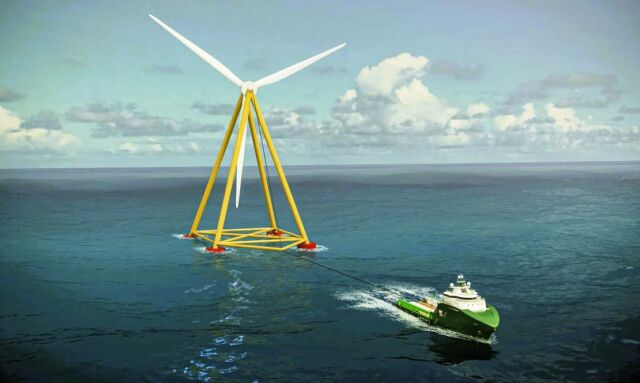
T-Omega floating wind turbine prototype was successfully tested with the launch of the 1/16 scale model in New Bedford, MA.
T-Omega’s test marks a major achievement for both T-Omega Wind, Inc. and the offshore wind industry, which is encountering challenges with rising deployment and maintenance costs.
T-Omega Wind’s innovative and lighter prototype demonstrates that adopting a fresh approach to offshore wind can yield positive outcomes. It uses fewer materials and doesn’t need specialized infrastructure for deployment and maintenance. Its shallow draft design allows utilization of existing infrastructure and deployment in previously impractical waters, leading to a substantial cost reduction compared to traditional technologies.
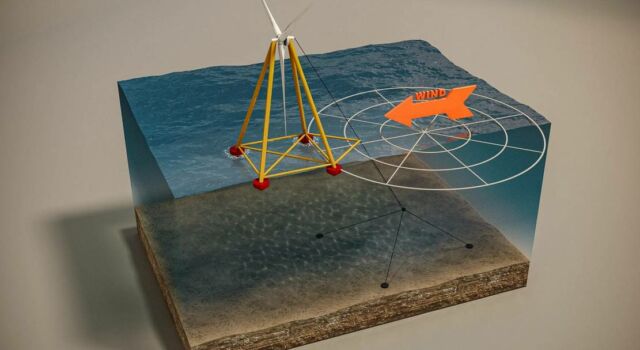
T-Omega
T-Omega Wind CEO Brita Formato, explains:
“Our team is thrilled to take this next step in launching our groundbreaking technology. Floating offshore wind is a critical energy source for reaching multiple state and federal goals by 2030. The offshore wind industry is facing well documented challenges. T-Omega Wind’s radically redesigned floating offshore wind turbine will solve most of the challenges in an elegant and cost-effective manner. Our technology presents significant cost reductions in both production and installation/maintenance, entirely manufactured domestically. We are excited to showcase this technology to the world’s largest offshore wind developers, and we aim for full utility scale deployments in the coming years.”
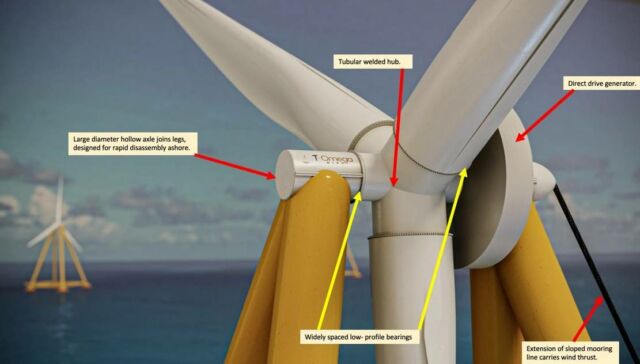
T-Omega
Gordon Carr, Executive Director of the New Bedford Port Authority, said:
“The Port Authority is pleased to be supporting this temporary small scale research effort by T-Omega Wind. The Port of New Bedford welcomes companies that are interested in taking advantage of our location and maritime industrial expertise to advance innovation. The project is also an opportunity to gain insights into potential floating offshore wind designs, so we can better understand and advocate for the most minimal impacts to marine life and commercial fishing from this new technology.”
source T-Omega

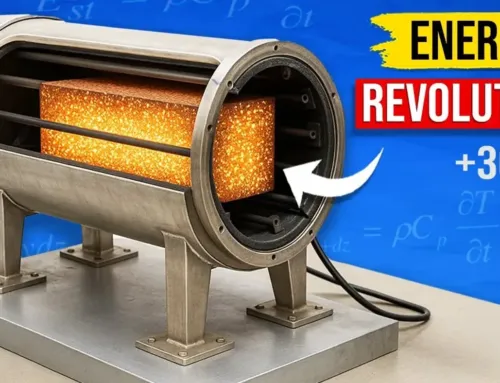
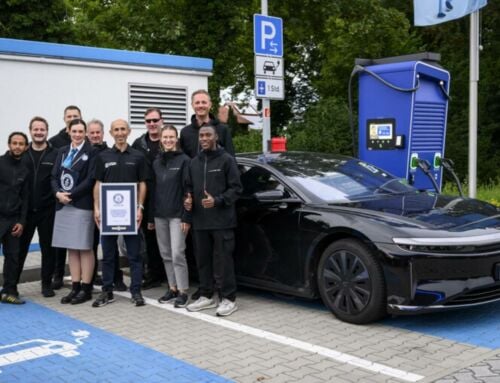
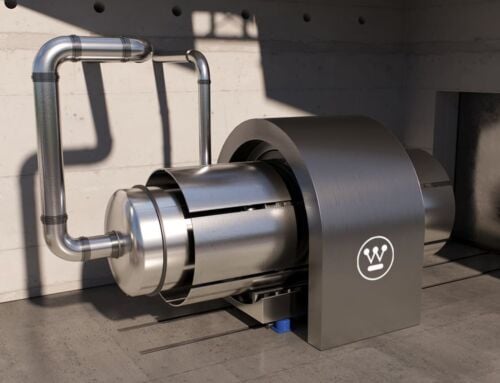
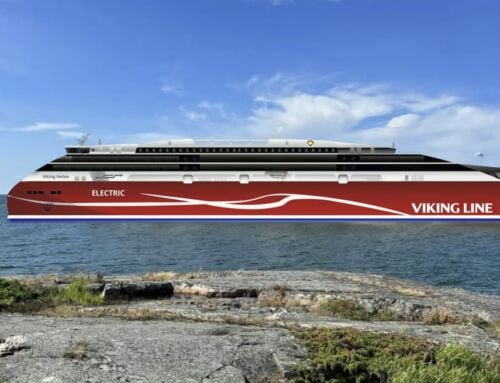
Leave A Comment